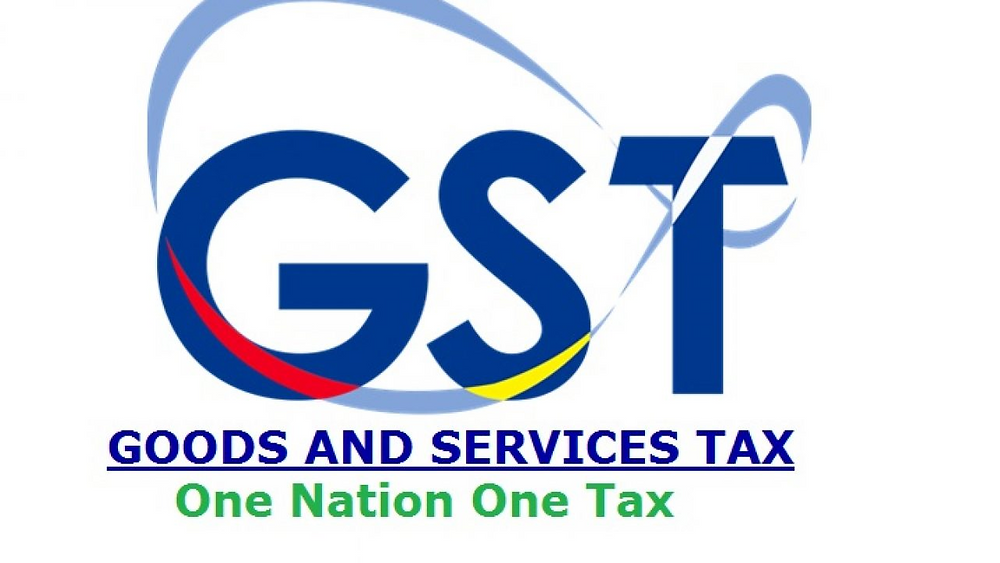If you’re new to the world of taxes, you may have heard the word GST often. Whether you’re a business owner, a shopkeeper, a freelancer, or a common consumer – understanding GST (Goods and Services Tax) is important. In this beginner’s guide, we will explain everything in simple and easy-to-understand language.
✅ What is GST?
GST stands for Goods and Services Tax.
It is a single tax that is applied on the supply of goods and services across India. It was introduced on 1st July 2017, replacing a complex system of multiple indirect taxes like VAT, Service Tax, Excise Duty, etc.
In short:
One Nation, One Tax.
📦 Why Was GST Introduced?
Before GST, India had many different indirect taxes, and every state had its own rules. For example:
- You paid VAT on goods,
- Service tax on services,
- Excise duty when goods were manufactured,
- And entry tax, octroi, etc. for moving goods between states.
This created confusion and increased the cost of doing business.
GST replaced all these taxes and brought a uniform tax system across the country.
🔍 How GST Works – A Simple Example
Let’s say a manufacturer makes a product and sells it to a wholesaler, who sells it to a retailer, who then sells it to you, the customer.
At each stage, GST is added, but the tax paid in earlier stages can be claimed back through a system called Input Tax Credit (ITC).
This helps in:
- Avoiding double taxation
- Reducing the overall tax burden
- Making the process more transparent
📘 Types of GST
GST has four components depending on who collects the tax:
| Type | Full Form | Collected By |
|---|---|---|
| CGST | Central Goods & Services Tax | Central Government |
| SGST | State Goods & Services Tax | State Government |
| IGST | Integrated GST | Central Govt (for interstate sales) |
| UTGST | Union Territory GST | Union Territory Govt |
- If a sale is within the same state, CGST + SGST is applied.
- If a sale is between two different states, IGST is applied.
🧾 Who Should Register for GST?
Any business whose turnover is:
- Above ₹40 lakh for goods (₹20 lakh for special category states),
- Above ₹20 lakh for services,
must register for GST.
Also, e-commerce sellers, interstate traders, and some others are required to register, even if turnover is less.
📄 What are GST Returns?
A GST return is a form that every registered business has to file regularly with the government.
It contains:
- Sales details
- Purchases
- Tax collected
- Tax paid
Most businesses need to file monthly returns and an annual return.
💡 Benefits of GST
- ✅ Simplified tax structure
- ✅ One tax for the whole country
- ✅ Easy compliance through online filing
- ✅ Reduces the cost of goods and services
- ✅ Transparency and less corruption
📌 Common GST Terms You Should Know
| Term | Meaning |
|---|---|
| GSTIN | GST Identification Number (like a PAN for businesses) |
| ITC | Input Tax Credit (tax already paid on purchases) |
| HSN/SAC Codes | Codes used to classify goods and services under GST |
| GSTR-1, GSTR-3B | Different GST return forms for filing |
| RCM | Reverse Charge Mechanism – when buyer pays GST instead of seller |
🤔 Still Confused?
GST may sound technical at first, but once you understand the basics, it becomes easier to manage. If you’re a business owner, it’s important to stay compliant and keep proper records.
You can also consult us for hassle-free filing.
📅 Important GST Dates
| Activity | Due Date (Generally) |
|---|---|
| GSTR-1 Filing | 11th of next month |
| GSTR-3B Filing | 20th/22nd/24th of next month |
| Annual Return (GSTR-9) | 31st December (next FY) |
Dates may change – check GST portal for updates.
🔗 Useful Resources
✍️ Final Words
GST has made India’s tax system more unified and business-friendly. Whether you’re running a shop or a startup, knowing about GST helps you stay on the right side of the law and save money through tax credits.
Still have questions about GST? Drop them in the comments, or contact us for consultation!
